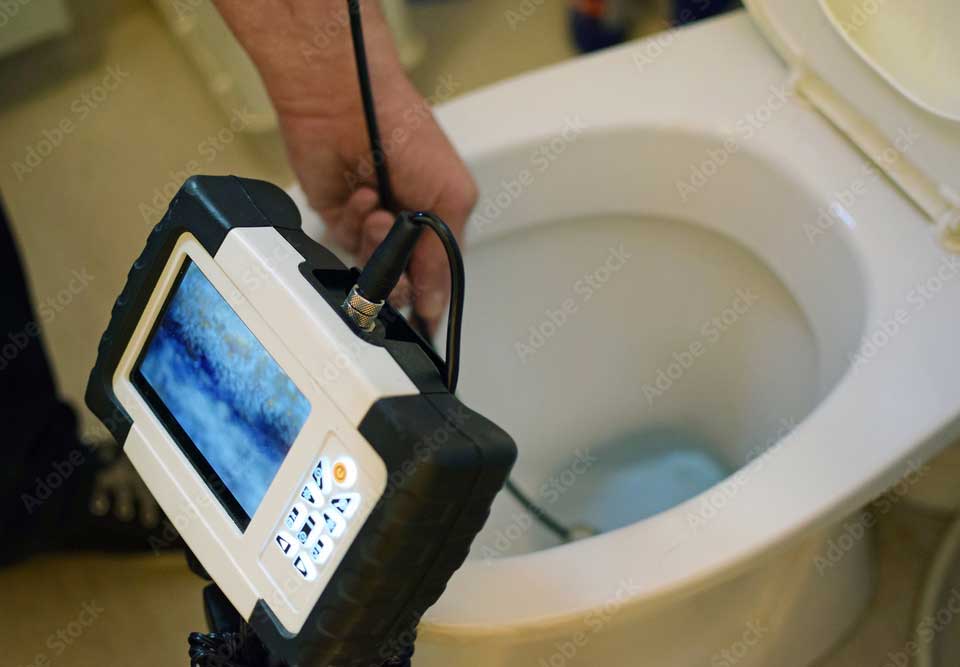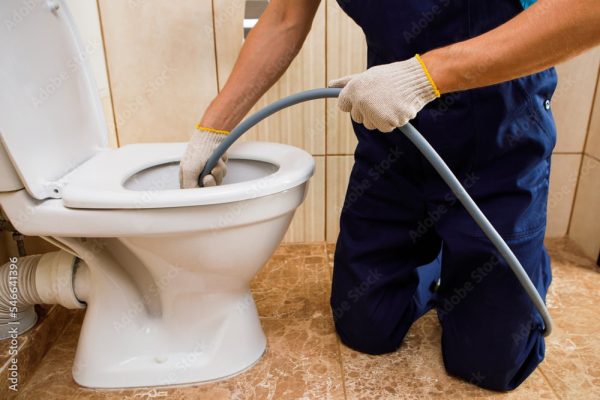Uh-oh! You’re facing a clogged toilet in Melbourne and you have no idea how to fix it. Don’t panic, because I’m here to help you out. Dealing with a clogged toilet can be a messy and unpleasant experience, but with the right knowledge and tools, you can clear it safely and effectively.
Melbourne is a bustling city with a vibrant lifestyle, but even the most modern plumbing systems can sometimes encounter issues. Whether you’re a resident or a visitor, knowing how to handle a clogged toilet is essential to avoid any further inconvenience or embarrassment. In this article, I’ll guide you through the steps on how to clear a clogged toilet in Melbourne, ensuring a quick and hassle-free resolution.
So, if you’re ready to tackle that clogged toilet and restore peace and functionality to your bathroom, let’s dive right into the solutions and techniques that will help you clear it safely and effectively.

Toilet Clogs-Things to Know
A blocked toilet can be described as an obstruction in the toilet trap or drain pipe that prevents waste and water from flowing normally. Excess toilet paper, flushing non-flushable items, and debris buildup are all common reasons for toilet blockages.
Minor clogs may cause slow draining or water level fluctuations, while severe clogs lead to complete blockage and water backup. Recognizing the severity helps in determining the appropriate course of action.
Signs of A Clogged Toilet and When to Take Action:
Water rising when flushing, gurgling sounds, unpleasant smells, or inability to flush correctly are all signs of a blocked toilet. Immediate intervention is required to avoid further difficulties and harm. Using DIY methods or consulting a plumber as soon as possible will help remove the blockage and restore the toilet’s functioning.
Safety Precautions Before Attempting to Clear the Clog
It is important to take safety precautions before attempting to clean a clogged toilet in Melbourne to avoid potential risks and create a safe atmosphere.
Turning Off the Water Supply to Prevent Overflowing: To prevent overflowing, locate the toilet’s water shut-off valve, which is normally around the base or on the wall behind the toilet. Turning off the water supply prevents the flow of water to the toilet, preventing an overflow if the blockage cannot be removed right away.
Wearing Adequate Protective Equipment: Put on rubber gloves to protect your hands from bacteria and pollutants in the toilet. Wearing safety goggles can also protect your eyes from splashes and aerosols while attempting to remove the clog.
Using Eco-Friendly Cleaning Products: When using cleaning agents to address the clog, opt for environmentally friendly and non-toxic solutions to avoid harmful chemicals that can damage pipes or harm the environment.
DIY Methods to Clear A Clogged Toilet
Using a Plunger Effectively: Place the plunger over the drain hole and form a tight seal. To produce suction and remove the blockage, forcefully push and pull the plunger. Repeat as needed until the water drains correctly.
Toilet auger/snake usage and safety precautions: Insert the toilet auger into the drain and move the snake through the trap by rotating the handle clockwise. To avoid damaging the toilet bowl, avoid using too much force. When the auger hits the blockage, move it gently to break up the obstruction.
Baking Soda and Vinegar Remedy for Mild Clogs: For light blockages, pour one cup of baking soda into the toilet bowl, followed by two cups of vinegar. Allow the mixture to settle for around 30 minutes to allow a chemical reaction to occur. To test if the blockage has been eliminated, flush the toilet.
Professional Assistance for Stubborn Clogs
Seeking expert treatment for persistent clogged toilets in Melbourne is critical to prevent the worsening of the problem and ensure a correct resolution.
Recognizing When A Plumber Is Required: If DIY solutions fail, or if the blockage is serious and remains despite efforts, it’s time to call a professional plumber or a drainage specialist. Furthermore, if there are indicators of underlying plumbing concerns, such as reoccurring blockages or slow drains throughout the property, professional assistance is required.
Benefits of Seeking Professional Assistance: Professional plumbers have access to specialized tools and equipment, such as high-pressure water jetting and drain cameras, which may successfully clear tough blockages. Their knowledge enables them to identify the underlying cause of the obstruction and apply relevant solutions.
Choosing LM Drainage and Blockage Specialists: For clogged toilets in Melbourne, LM Drainage and Blockage Specialists are a reliable solution. With their years of experience, modern tools, and dedicated team, they offer efficient and safe solutions to clear toilet clogs promptly and restore optimal functionality.
Preventative Measures to Avoid Future Clogs
Waste disposal: Use good waste disposal procedures by flushing only toilet paper and human waste. Non-flushable things like wipes, feminine products, and cotton balls should not be flushed since they might cause blockages.
Using Biodegradable Toilet Products: Using toilet paper that is “septic-safe” or “biodegradable”: Choose toilet paper that is labelled “septic-safe” or “biodegradable.” These products are meant to degrade quickly and limit the possibility of blockage.
Regular toilet care and inspection: Inspect your toilet regularly for signs of wear, leaks, or potential impediments. Address any small concerns as soon as possible to avoid them becoming serious difficulties.
Tips for Maintaining A Well-Functioning Toilet
Using water-efficient flushes: To minimize water use per flush, install a water-efficient toilet or install a water-saving device in the cistern. This not only saves water but also reduces the chance of the drainage system becoming overburdened.
Educating family members on correct toilet usage: Teach everyone in the home about proper toilet usage, emphasizing the need not to flush non-flushable things. This understanding minimizes needless blockages and guarantees that everyone contributes to the toilet’s functionality.
Conclusion
A clogged toilet in Melbourne should never be ignored, as prompt action is vital to avoid potential hazards and inconvenience. Before using DIY solutions to remove the clog, take measures such as cutting off the water supply and wearing safety clothing. DIY solutions, such as using a plunger or a toilet auger, can be successful for minor blockages, but if the problem persists or seems serious, it is best to get expert assistance from professional blockage services.
Preventive measures, such as accurate waste disposal and regular toilet maintenance, are critical in preventing future blockages and keeping a toilet in good working order. Water conservation through the use of water-efficient flushes, as well as educating family members on correct toilet usage, are equally important practices to implement.
By quickly resolving blocked toilet issues, following safety precautions, and taking preventative measures, Melbourne homes can maintain a sanitary and efficient toilet experience, fostering a safe and healthy living environment for all.

